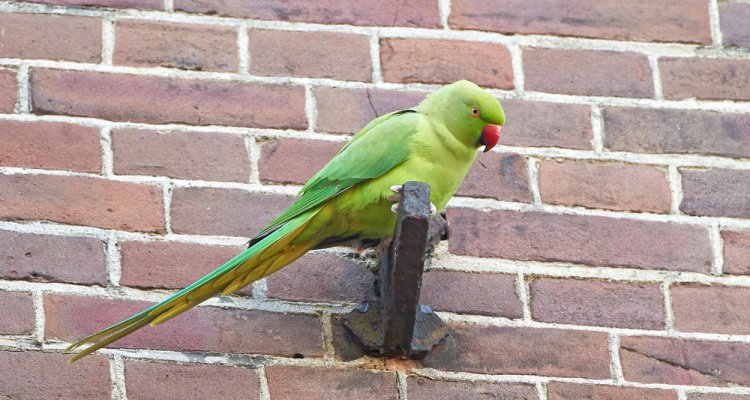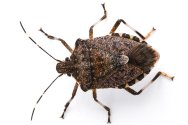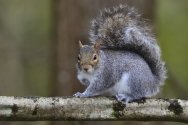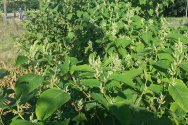
Dossier
Exotic species in the Netherlands
Exotic species, also known as alien or introduced species, are animals, plants, fungi or micro-organisms imported through human activity into an area where they do not originally occur, but where they proceed to thrive. Species which were introduced to the Netherlands before the year 1500, such as the rabbit, the pheasant and the mute swan, do not count and are considered indigenous.
Exotic species are sometimes introduced deliberately. An example is the multicoloured Asian ladybird, released in Europe 20 years ago to combat aphids. Pheasants and fallow deer were once released as hunting game. And every year hundreds of turtles and pond perch are released into Dutch watercourses when their owners have had enough of them.
But a lot of species get introduced by accident. Sometimes pets or ornamental animals escape from captivity, as did the Egyptian goose, the Pallas’s squirrel and the Italian crested newt. Marine creatures such as the Chinese mitten crab are brought in with ballast water from ships; the tiger mosquito hitches a ride on tropical plants. And since a canal was dug between the Rhine and Danube 20 years ago, fish species from the Danube watershed, such as the round goby and the money goby, have been able to reach our waters.
There is another category of newcomers that we do not count as exotic: species such as the great egret, whose habitat is shifting as a result of climate change. They are counted in the same category as the lynx, wildcat, wolf and perhaps the golden jackal: animals that settle here of their own accord.
Species monitoring through eDNA
With the help of environmental DNA (eDNA), researchers can demonstrate the presence of animal species, for example based on water samples.
Publications
-
Nieuw natuurgebied in Maastricht
-
Route- en Kansenkaart Chemievrije Sierteelt Onder Glas
Wageningen: Wageningen Plant Research (Rapport / Stichting Wageningen Research, Wageningen Plant Research, Businessunit Glastuinbouw WPR-1402) -
Subsurface Fe (II) affects concentrations of dissolved O2 in streamwater
Water Research (2025) - ISSN 0043-1354 -
Nudivirus nexus : Synthesis of diversity, evolution and pathology within the family Nudiviridae
Wageningen University. Promotor(en): M. van Oers, co-promotor(en): J.-M. Drezen, A. Bézier - Wageningen: Wageningen University -
Layers of green : Communicating sustainability of packaged food products
Wageningen University. Promotor(en): H.C.M. van Trijp, co-promotor(en): B. Piqueras-Fiszman - Wageningen: Wageningen University -
Long-term genetic and demographic surveys reveal the impact of population history, habitat change, and conservation efforts on the globally endangered Turdus helleri (Taita Thrush)
Ornithological Applications (2025) - ISSN 0010-5422 -
Optimizing Mobility for Elderly and Disabled Dutch Citizens Using Taxis
INFORMS Journal on Applied Analytics (2025), Volume: 55, Issue: 1 - ISSN 2644-0865 - p. 66-82. -
Crop diversification for pollinator conservation
Landscape Ecology (2025), Volume: 40 - ISSN 0921-2973 -
Combining local monitoring data and scientific models to prioritize conservation for European ground squirrel and safeguard grassland habitats
Landscape Ecology (2025), Volume: 40 - ISSN 0921-2973 -
Making space for hope? : Privilege and prefiguration in collective responses to the climate crisis in the Netherlands
Wageningen University. Promotor(en): E.H. Huijbens, co-promotor(en): M. Ormond - Wageningen: Wageningen University




